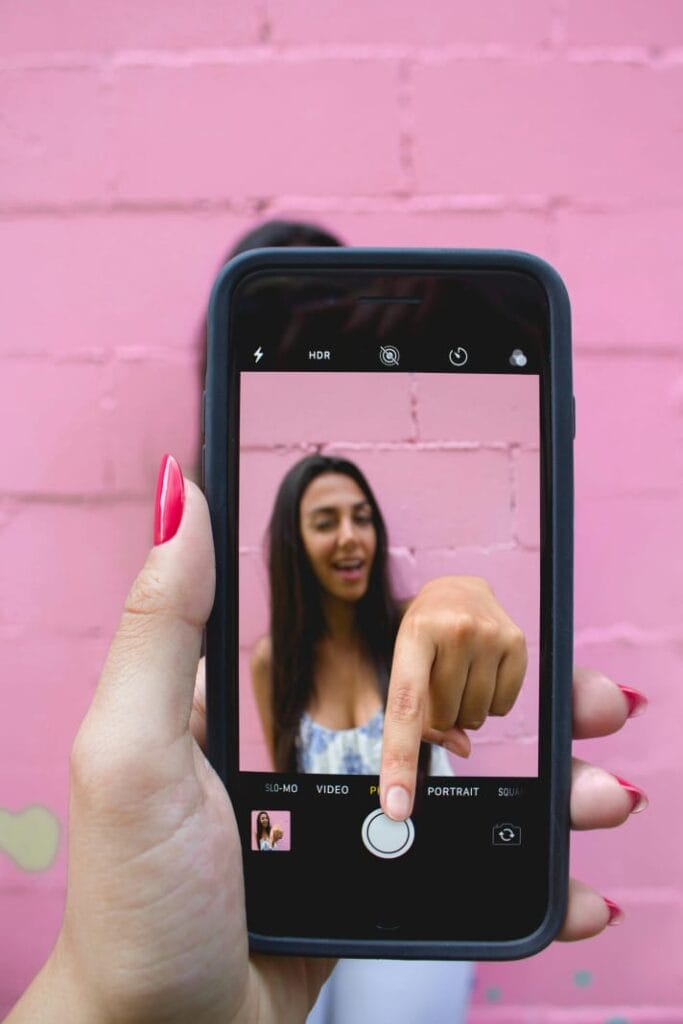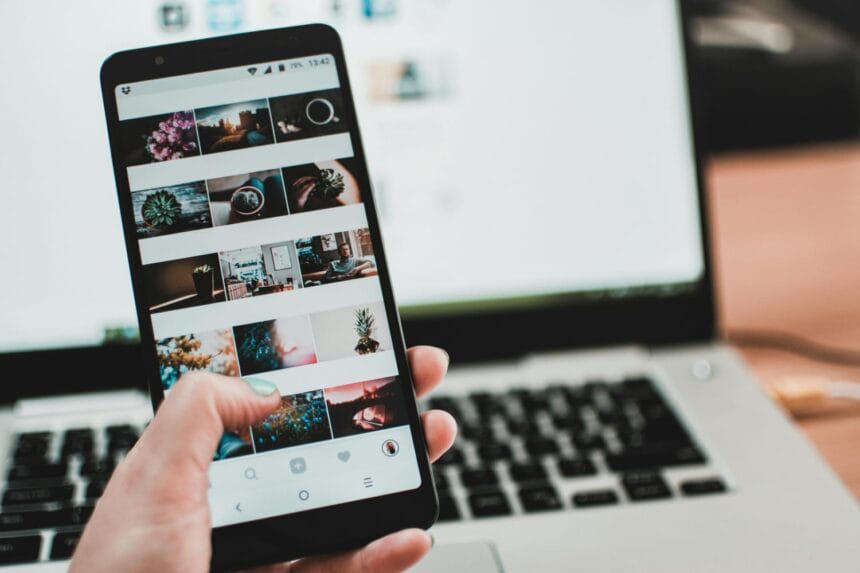Introduction
Social media has drastically changed how we view, interact with, and purchase fashion during the past ten years. Thanks to apps like Instagram, TikTok, and Pinterest, a field that was once dominated by upscale magazines, private runway displays, and top-down messaging has become more dynamic, participatory, and accessible. New trends have emerged as a result of this change, which has also greatly affected how the fashion industry functions and empowered independent designers. The combination of social media and fashion has changed public perception, established a more open and active fashion culture, and redefined industry standards.
Fashion’s democratization
Social media’s democratization of the fashion industry is among its most important effects. A small group of people, including editors, designers, and high-end models, controlled trends and had the final say over what was considered fashionable before social media. But social media sites like Instagram and TikTok have broken through this restricted circle and given voice to fashion bloggers, influencers, and regular customers.
Even those without access to traditional fashion channels can now display their individual style and develop fan bases. Because of this change, influencers now have a lot of power and can occasionally match or even outperform traditional fashion media. Micro-influencers have introduced trends that big fashion businesses could have missed thanks to their genuine and specialized material. Brands are now more interested in grassroots trends rather than just top-down inspiration as a result of this change.
Real time engagement and quick response
Because social media facilitates instant communication and involvement, fashion firms have never had greater access to the responses of their customers. Whether it’s a well-known designer presenting their most recent collection during Paris Fashion Week or a small-scale firm launching a limited-edition collection, customers may instantly express their opinions. Brands are now able to adjust more swiftly and match their products with what their customers truly desire thanks to this feedback loop. For example, manufacturers may decide to increase production or modify next collections to accommodate similar tastes when a product begins to trend on social media. The prompt reaction reduces overproduction and better aligns with environmental initiatives by assisting designers and retailers in anticipating demand.

Fresh chances for branding and marketing
Social media has had a huge impact on fashion industry marketing since sites like Instagram have become visual-first, allowing designers to showcase their work in imaginative, narrative-focused ways. Formerly dependent on magazine spreads and billboards, the fashion industry today gains from Instagram’s visual focus and TikTok videos’ short, interesting length.
These days, brand-influencer partnerships are a key component of marketing plans. Influencers produce genuine material that highlights the items, giving the impression that brand interactions are more intimate and approachable. Campaigns can also benefit greatly from hashtags and viral challenges, which enable even modest businesses to quickly get recognition and go viral. Additionally, interactive storytelling, behind-the-scenes video, and live Q&A sessions allow brands to engage with their fans in ways that were previously difficult to accomplish with traditional advertising.

Emergence of fresh fashion and trends
Fashion has changed more quickly as a result of the growth of social media sites, especially TikTok. These days, trends come and go quickly, and new fashions are embraced and discarded more quickly than in the past. For the industry, this quick turnover offers both advantages and disadvantages. On the one hand, it has facilitated innovation and experimentation, allowing out-of-the-box fashions to become popular. However, the pressure to have a wardrobe that changes all the time has sparked worries about fast fashion and its effects on the environment.
For instance, the “Cottagecore” style, which reflects an idealized rustic way of life, gained popularity on Instagram and TikTok. Major brand collections have been influenced by this trend, which has also raised interest in antique clothing and thrift stores. Other fringe subcultures, such as “Dark Academia” or “Y2K fashion,” have also seen a comeback as a result of social media’s global platform.
Fashion’s empowerment and inclusivity
The push for more diversity and inclusivity in the fashion business has been greatly aided by social media. The depiction of body shapes, nationalities, and genders in fashion advertising used to be limited. But platforms like Instagram have made room for influencers and models of various sizes, shapes, and backgrounds to thrive, which has caused a change in what customers demand. Campaigns now immediately attract criticism if they do not reflect a wide variety of people. An increasing number of firms are featuring plus-size models, models from diverse ethnic backgrounds, and models who challenge conventional gender standards as a result of this push for inclusivity. Furthermore, social media has helped small, independent designers who target underrepresented populations reach their consumers, creating a more welcoming atmosphere in the fashion business.
Obstacles that the industry faces
Even though social media has improved many things, there are drawbacks as well. Both brands and creators may feel the strain of having to keep current in the rapidly evolving world of social media. When fashion choices are made more for engagement than for personal or brand identification, exhaustion and even authenticity problems may result from this pressure to provide material frequently. Sustainability concerns have also been exacerbated by the quick trend cycle that social media promotes. Because fast fashion firms are taking advantage of this demand for rapid trend fulfillment, the industry is coming under more scrutiny for its ethical and environmental policies. These days, brands have to strike a careful balance between following trends and implementing more environmentally friendly procedures.
Conclusion
Social media has altered the way fashion is consumed and produced in a variety of ways, from democratizing access and changing marketing strategies to accelerating trends and fostering inclusivity. Although there are still issues, especially with sustainability and authenticity, the constant conversation that social media facilitates guarantees that the fashion industry will continue to develop, adapt, and change in response to the global audience it serves. Social media has undoubtedly become an essential tool, influencing fashion as it exists today and defining what it will become in the future.









